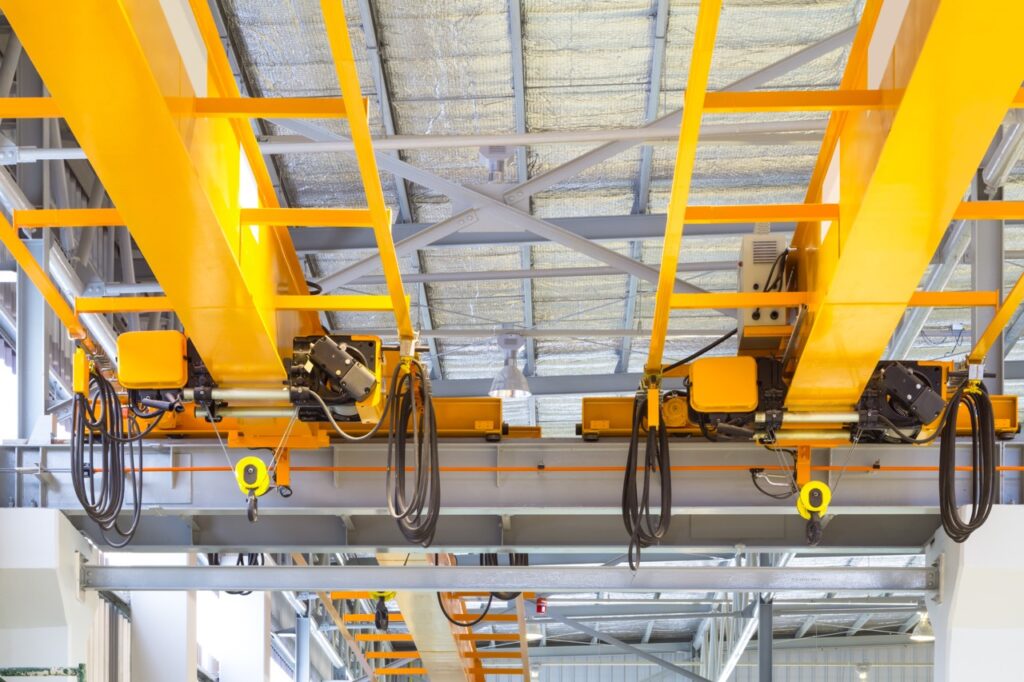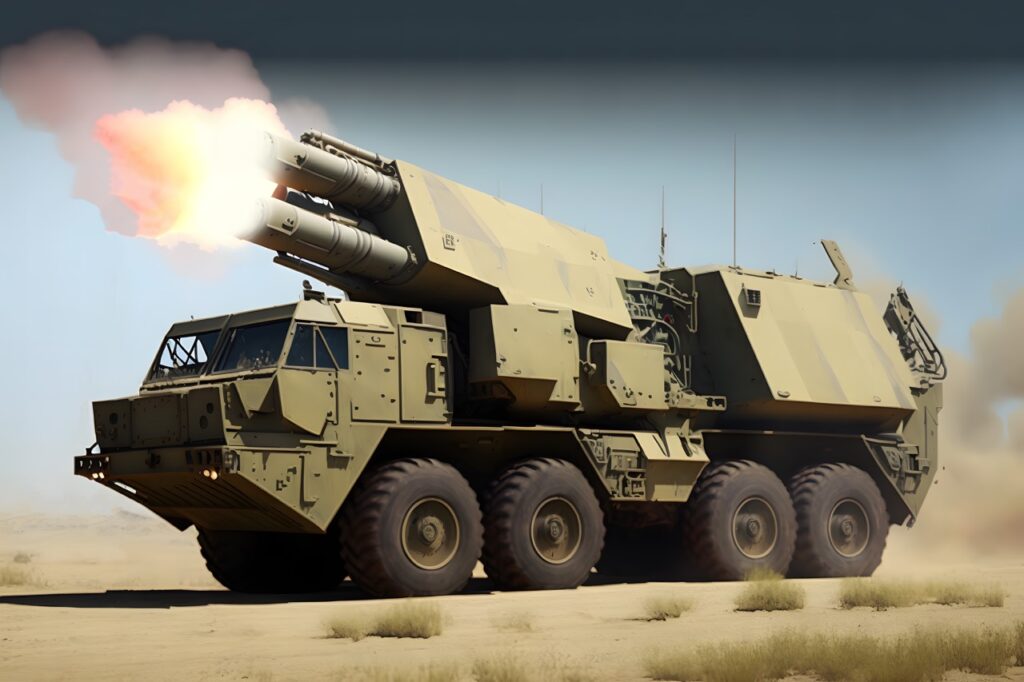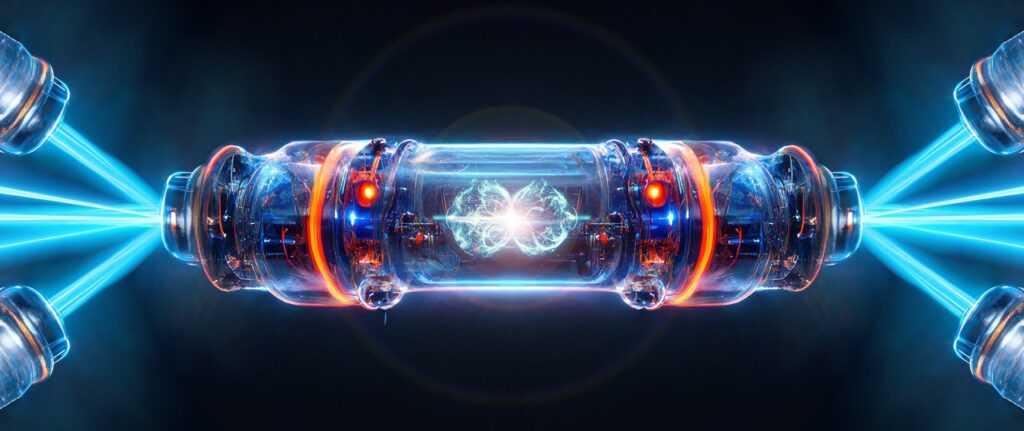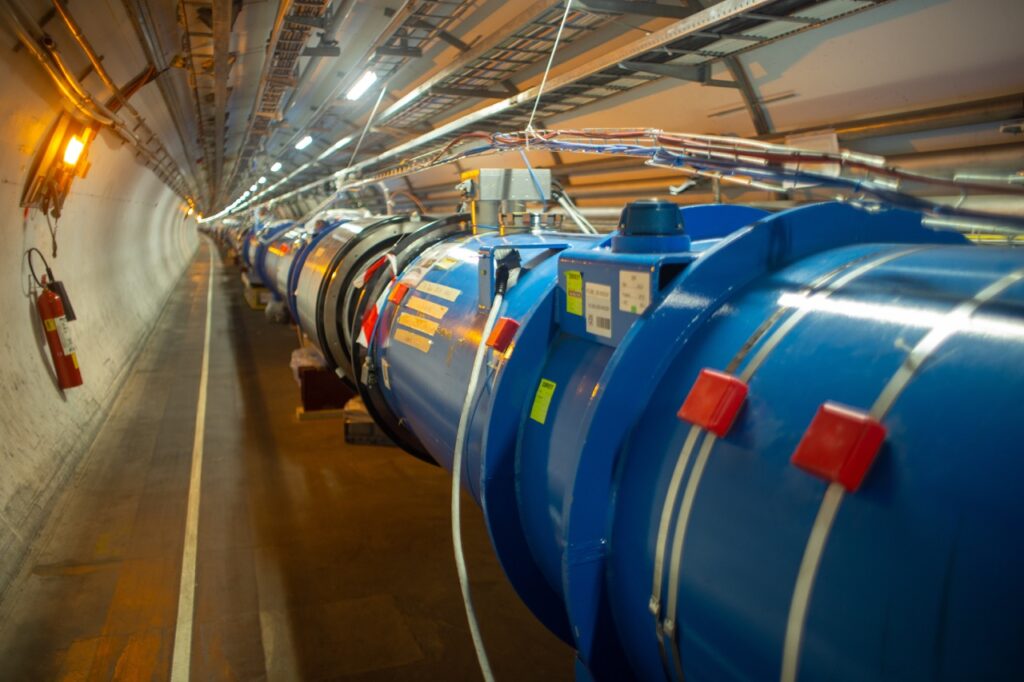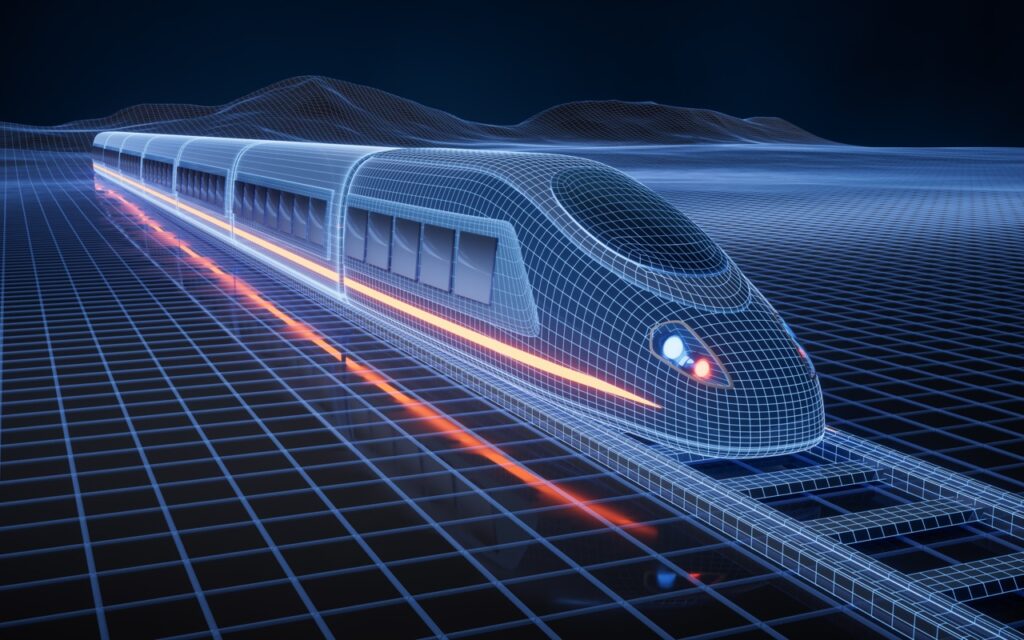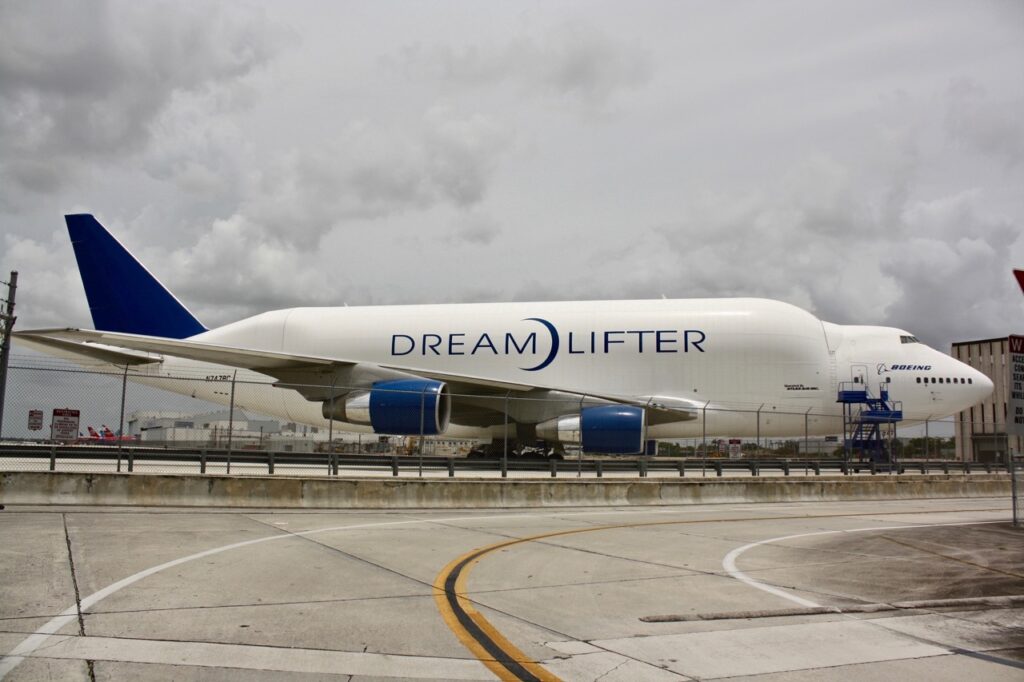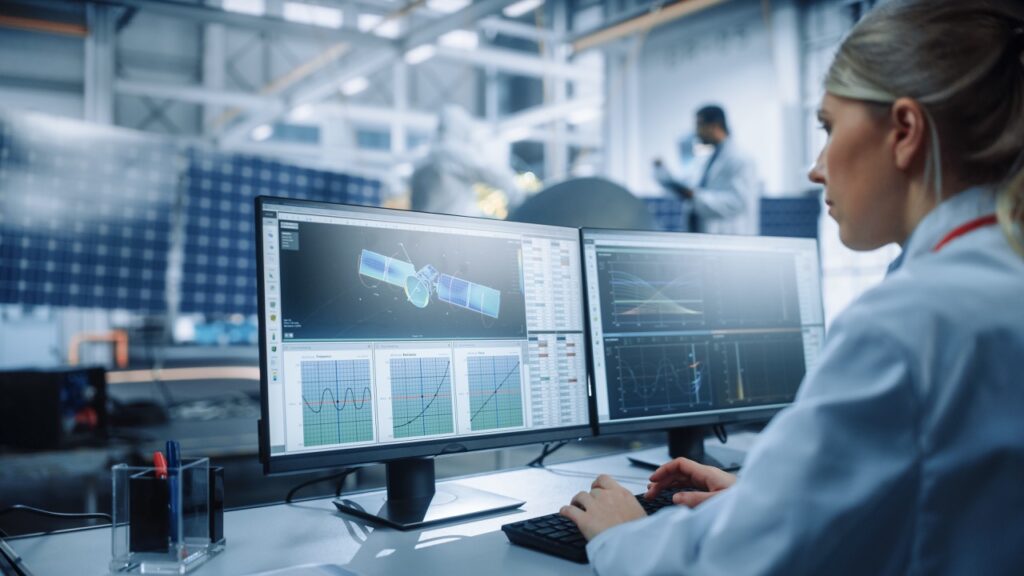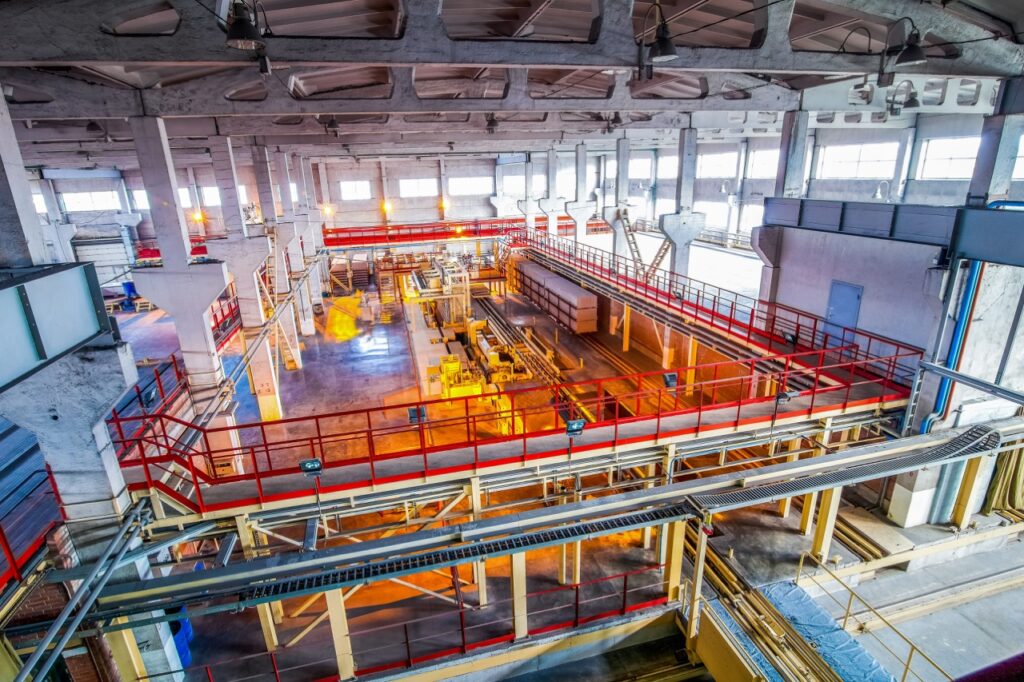ATT Metrology offers state-of-the-art precision alignment services for your manufacturing processes. With the high demand on precision laser alignment machine services from gantry systems, CMMs, rollers, extruding machines and precision rails, we have the experience to achieve exacting results on even the most difficult of tasks.
ATT precision alignment services personnel have developed specialized techniques for optimizing our inspections to minimize impact to the customer and reduce overall inspection costs. We are known within the metrology industry for our expertise in complex measurement techniques in harsh environments to mitigate the effects of temperature, wind, line-of-sight challenges, and vibration while performing long-distance measurements.
By using the latest 3D technology, ATT can measure and align tooling and production hardware 50-75% faster than with optical techniques using theodolites or transits and levels. All our alignment and laser measurement services include a final report with measurement documentation, tailored to your requirements. Contact our precision laser alignment services team to discuss your specific needs.
Case Study Example:
Metrology plays a vital part in ensuring success in aircraft assembly alignment systems. ATT Metrology Solutions works with aircraft manufacturers to seamlessly integrate and automate precision metrology into their build plan for maximizing quality and aerodynamic efficiency. Integrated precision alignment systems provide a metrology alignment solution within a typical aircraft assembly alignment system controlling transporters and mobile robots.
Target and Tracker Locations
This will be up to the customer depending on what features are most critical. The three typical setups are:
- Fuselage skin-mounted targets, typically requiring one left and one right tracker.
- Seat rail mounted targets, requiring one tracker, also mounted internally. Seat rail mounted targets generally require a relative align method and a tracker mounted on seat rails in the master part. (It will typically not have line of site to any monuments)
- Targets mounted on internal structural features, typically spars and stringers.
A combination of area controller industrial PC HMIs, station controllers, and pendant controllers at the static machines provide one of two alignment methods:
Alignment Method Option 1- Absolute Alignment Sequence
(Utilizing floor-based reference and fuselage skin-mounted targets.)
- The Transporters will automatically park using pairs of vision targets on the floor.
- Left and right laser trackers will reference themselves to a floor mounted ERS system.
- The trackers will shoot targets mounted on the forward and aft fuselage sections’ outer skins. The System will now best fit align both parts in absolute aircraft coordinates.
- The forward section can now be moved directly aft to the join/contact location
- The System will re-shoot all points for final join approval and documentation.
Alignment Method Option 2 - Relative Alignment Sequence
(Utilizing Relative Referencing and seat track mounted tracker and targets.)
- The Transporter will automatically park using pairs of vision targets on the floor.
- A single tracker will be mounted on seat rails in the aft fuselage and will shoot targets distributed on the aft seat rails.
- The control system will level the fuselage to laser tracker gravity.
- The system will reshoot and reference the leveled aft fuselage targets.
- The System will now shoot the forward fuselage and best-fit align the forward part relative to the aft primary.
- The forward section can now be moved aft via straight line to join/contact location.
- The System will re-shoot all points for final join approval and documentation.
Alignment and Metrology
The metrology trackers are fully integrated into the alignment control systems and operated from the HMIs. Laser tracker experts are not required during alignment and join activities.
Fuselage join and wing-body join use automated laser tracker-controlled systems to align and join the major parts without the need to install massive precision monuments. These systems typically utilize an LIP (Laser Interface Program), offering a fully automated data link between PLC/HMI positioning control systems and multiple laser trackers. The systems also automatically provide extensive alignment data acquisition for each join.
